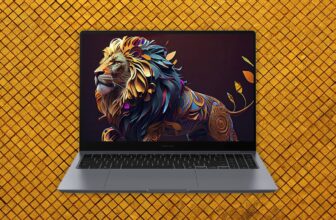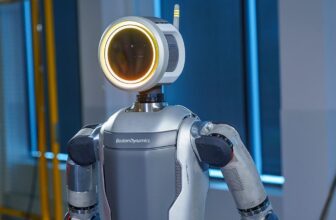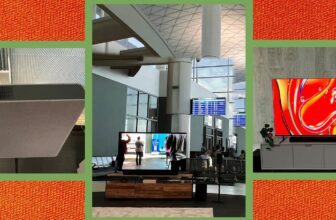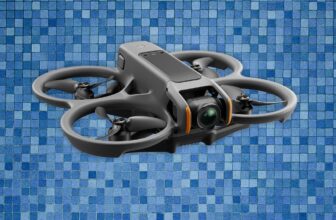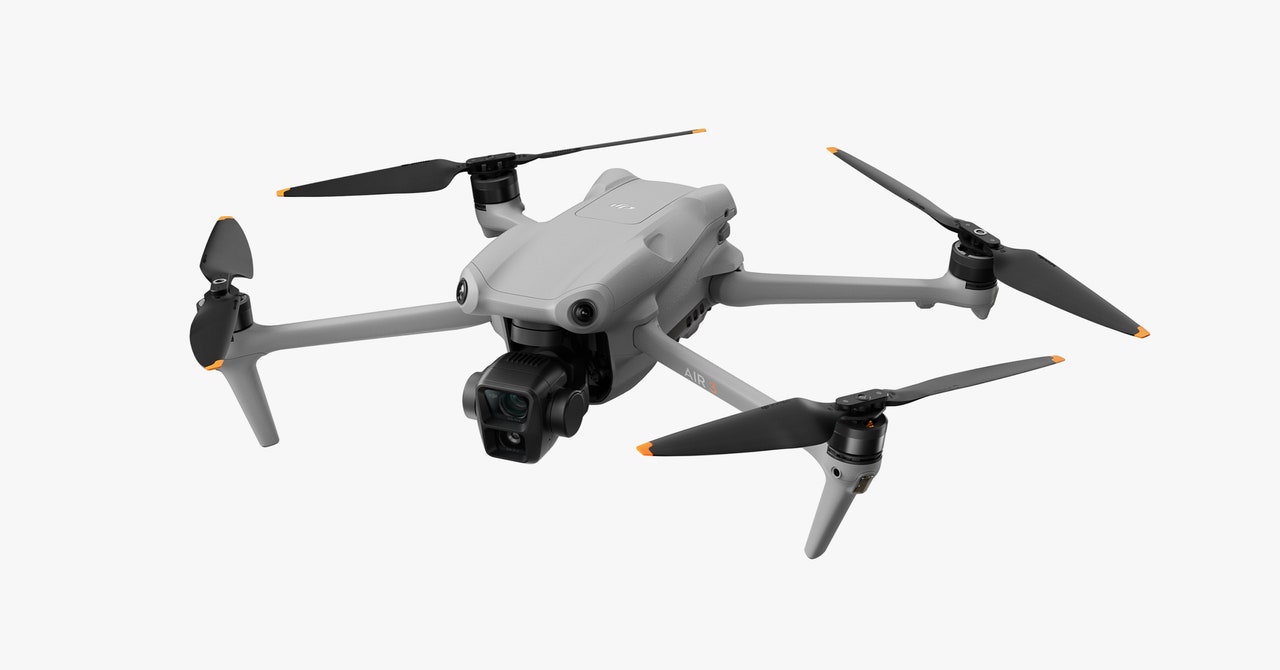
DJI’s drones dominate the market to such an extent that you just barely hear another manufacturers talked about. They don’t seem to be fairly competing with themselves, however the DJI Air 3 does fill a spot between the professional-grade Mavic collection and the pocket-size Mini vary. It is the primary new Air mannequin since 2021’s Air 2S, and DJI has accomplished it once more, with a drone that provides enhanced video efficiency and mercifully stress-free flying.
I have been flying the DJI Air 3 for the previous few months, evaluating it with a variety of different drones, together with its primary competitor, the excellent Air 2S. The most important enchancment over its older cousin is a multi-camera setup beforehand unique to the a lot pricier Mavic fashions, however there are notable boosts to battery life and flight security too.
Twice as Good
The headline characteristic for the DJI Air 3 is the 2 cameras mounted on its entrance gimbal. There is a “commonplace” wide-angle digicam providing a 24-mm-equivalent area of view (broadly much like the digicam on the Air 2S) and a medium-telephoto digicam providing a 70-mm-equivalent area of view. The latter provides the drone a brand-new artistic possibility, with the angle permitting for a narrower framing of smaller topics and the flexibility to isolate them in opposition to the background in an all-new, dramatic means. A tighter area of view won’t sound all that thrilling, however in apply it’s a major improve.
{Photograph}: DJI
Each cameras use a 1/1.3-inch Quad Bayer CMOS sensor with 48-megapixel decision. What I like about these sensors is that they each seize video on the identical high quality, making it simpler to provide footage a unified, harmonious look when enhancing, regardless of which components had been captured by which digicam.
The DJI Air 2S had a single 1-inch 20-megapixel sensor, which could make the Air 3’s smaller 1/1.3-inch sensors sound somewhat disappointing. Nevertheless it doesn’t really feel like an excessive amount of of a loss. I perceive DJI’s justification; two bigger sensors would add weight and take up area. However all informed, I feel the picture high quality is best on the Air 3, with wider dynamic vary and fewer noise.
The Air 3 does lose the flexibility to file video at a 5.7K decision, being restricted to 4K on each cameras, however in all honesty, I don’t assume anyone will thoughts all that a lot. For almost all of informal customers, 4K can be greater than sufficient element.
4K might be captured at as much as 60 frames per second in the usual video mode, 100 fps in slow-motion mode, and 30 fps within the new night time mode, which ekes out additional element after the solar goes down. I discovered the flat D Log M shade profile a pleasure too, because it let me do my very own shade grading and correction in postproduction and obtain the outcomes I needed.
Pictures (which might be captured in JPEG or DNG RAW) look wonderful too, and whereas the Air 3 can’t match the WIRED-recommended Mavic 3’s 4 Thirds Hasselblad digicam, it’s not far off, whereas being smaller and considerably cheaper.
Fly Safer for Longer
Buzzing across the seashores and headlands of Britain’s southeast coast, I discovered the Air 3 to be much more forgiving and pleasurable to fly than its (already forgiving and pleasurable) predecessor. That is because of a much bigger battery (46 minutes versus the Air 2S’s 31—though real-world use numbers are marginally decrease for each drones) and a full omnidirectional anti-collision sensor setup that makes crashes most unlikely. The Air 3 now has sensors going through forwards, backwards, upwards, downwards, and laterally on each the left and proper sides, and in good mild these will spot hazards and cease your drone from careering into them. These sensors grow to be much less dependable the darker the circumstances are, but it surely’s a useful characteristic that would save your blushes and financial institution steadiness.
Like all DJI drones, the Air 3’s flight controls are splendidly intuitive and loaded with sensible automated features. As an example, you may faucet a button on the controller to take off, and one other to deliver the drone again from wherever it’s and land. You may also outline waypoints for totally automated flight, and set the Air 3 to trace a static or shifting topic, maintaining its cameras educated on it always.



